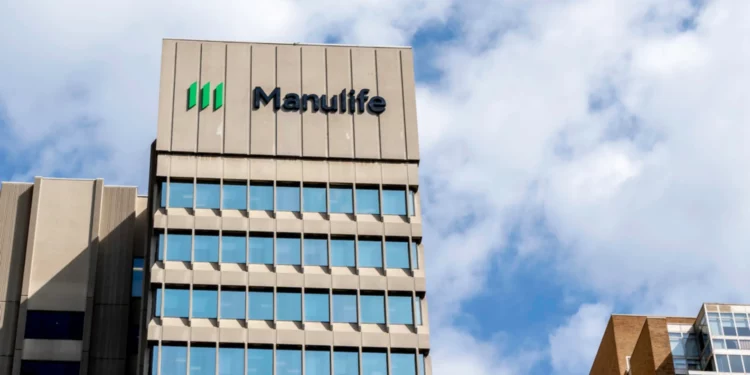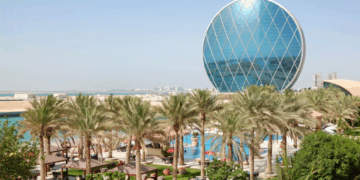Hong Kong insurers are reporting strong sales, with new life insurance policies reaching a record of HK$219.8 billion (US$28.34 billion).
Hong Kong’s insurance company may rise by a compound annual growth rate of 55% over the next eight years, propelled by the Greater Bay Area’s growth and the so-called silver economy catering to elderly citizens.
Based on Industry forecasts, Steve Finch, president of Manulife Financial‘s Asia division, states that the city’s gross insurance premium might jump from US$82 billion to US$127 billion by 2032.
Finch spoke at the 2025 China Conference. He stated that the industry was able to expand due to the depth and sophistication of Hong Kong’s insurance industry, making it a centre of excellence, particularly as the city and the larger Bay Area continue to increase.
The optimistic prediction explains why Manulife International Limited, the largest insurer in Canada’s Hong Kong and Macau division, is placing its bet on Hong Kong as it gets ready to redomicile from Bermuda in November.
The Toronto-based insurer gets 44% of its earnings from Asia. By 2027, it will earn 50% of its revenue from it.
The Bay Area has 11 cities in the Guangdong province of southern China, including Hong Kong and Macau. It is another factor contributing to Manulife’s optimism as it boosts the economy worth almost US$2 trillion. There are expansion opportunities, as only 3.5% of the 86 million people in the region have health and life insurance, which is significantly less than 18% in Hong Kong.
Insurers are reporting strong sales, with new life insurance policies reaching a record of HK$219.8 billion (US$28.34 billion), up 21.4% from the previous year. Insurance Authority (IA) reports that mainland residents who visited the city bought one in four policies, or 28.6%.
During a panel discussion, Celia Ling Pui, Chief Marketing Officer (CMO) of Manulife International Hong Kong and Macau, stated that mainland clients had more confidence in buying long-term insurance due to Hong Kong’s well-regulated insurance market.
She claimed that the convenience of well-rounded transportation enabled people to access Hong Kong and link other cities in the Bay Area, which benefited the businesses.
According to Adrian Lam Sze-loong, senior manager of policy and law for the IA, Hong Kong insurance regulators have also cleared the industry in recent years by tracking down unlicensed sales agents, increasing customers’ confidence and trust.
Lam claims that consumer protection plays a significant role in the Bay Area’s sustainable growth and continuous development of the insurance industry, as Hong Kong is the primary hub for wealth management.
According to Finch, Greater Bay, having an ageing population, has fuelled the rising need for life and health insurance. Financial companies Prudential Financial, American International Assurance (AIA), FWD, Hong Kong and Shanghai Banking Corporation (HSBC), Bank of China Group Life Assurance Company Limited (BOC Life), Manulife, and others have rushed to offer regular-income programs for retirees.
Government statistics report that last year, 22% of the city’s 7.5 million residents were 65 years of age or older, and by 2036, they predict that 31% of the population will be senior citizens.
Manulife decided to move to Hong Kong after French insurer AXA announced in May that a new law to streamline the procedure came into effect. The law allows companies to establish themselves without first winding up overseas companies.
Selina Lau Pui-ling, CEO of the Hong Kong Federation of Insurers, stated that the government passed the law in response to requests from industry members.
Lau added that the policy allowed insurers to avoid two sets of laws and reporting to two jurisdictions, enabling some of the largest insurers to redomicile from other places to Hong Kong and increasing their confidence in the city.
She added that the insurers get more savings, enabling them to use the capital for business growth or develop new products. Everyone benefits, but the city particularly benefits greatly.

















